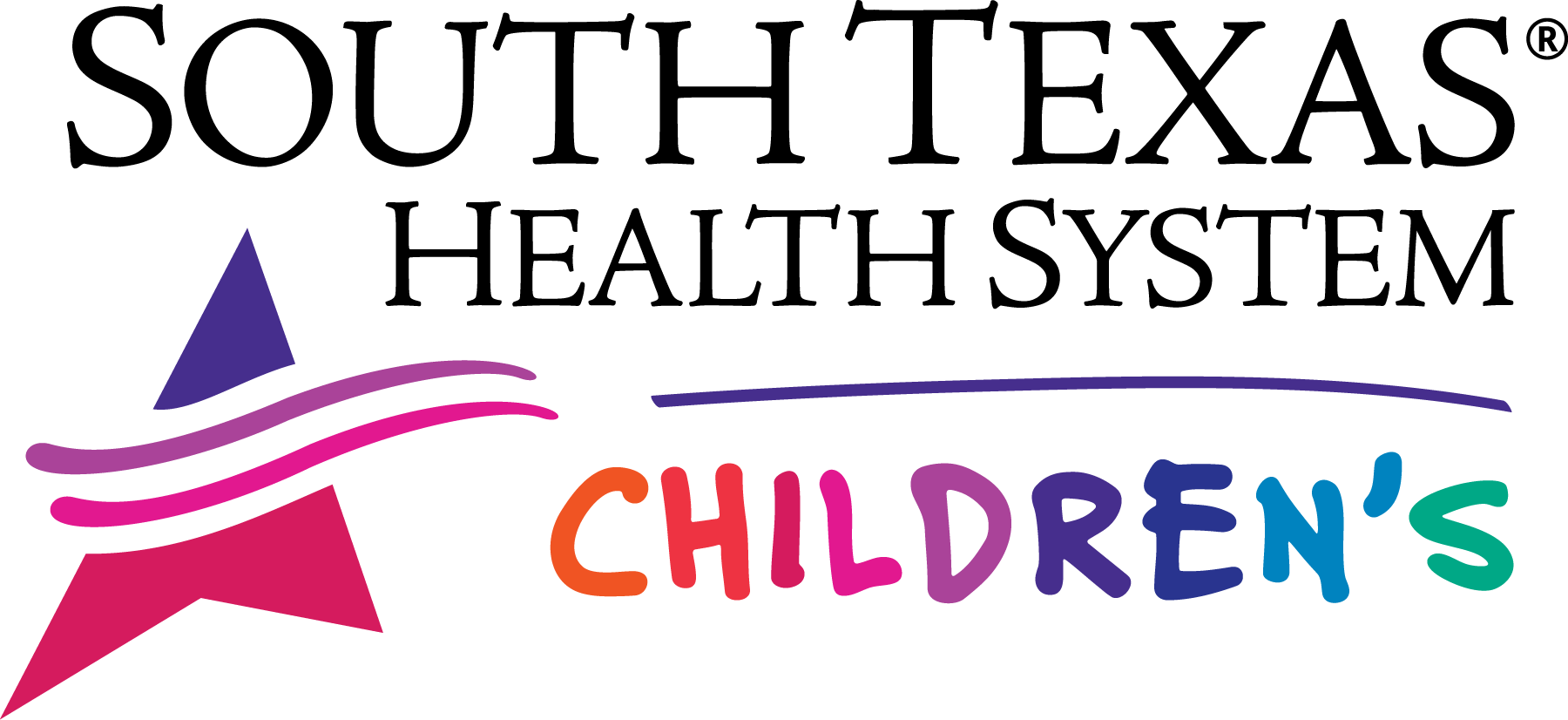Symptoms and Reactions
Peanut allergies are common and often, but not always, appear in the first few years of life. Although many children outgrow allergies to foods like eggs or milk, most kids don't outgrow peanut allergies. An allergic peanut reaction can range from minor to life-threatening. It's important to know that even those who have experienced a mild reaction in the past can be at risk of a more serious reaction, such as anaphylaxis, in the future.
If your child experiences a reaction to peanuts, no matter how minor, it's important to share this information with his or her doctor. Tests can help confirm an allergy so you can take necessary steps to avoid a reaction in the future.
Typical Reactions
An allergic reaction to peanuts typically occurs within minutes of exposure. Signs and symptoms range from mild stomach or skin reactions to anaphylaxis, a life-threatening reaction that occurs rapidly and causes a life-threatening response involving the whole body. In some reactions, the symptoms may go away and return within several hours. This is what's called a biphasic reaction, and symptoms often occur in the respiratory tract and may be more severe. It's estimated that biphasic reactions occur in about 20 percent of anaphylactic reactions. Common signs and symptoms of a peanut allergy reaction can include:
- Hives, redness or swelling on the skin
- Itching or tingling in and/or around the mouth and throat
- Diarrhea, stomach cramps, nausea or vomiting
- Chest tightening
- Shortness of breath or wheezing
- Runny or stuffy nose
Anaphylaxis Symptoms
Peanut allergy is the most common cause of anaphylaxis, a medical emergency that requires immediate emergency attention. Signs and symptoms start soon after consuming peanuts and can include:
- Constriction of airways
- Shock, with a severe drop in blood pressure
- Rapid pulse
- Dizziness, lightheadedness and/or loss of consciousness
Exposure to peanuts can occur in three ways:
- Direct contact: Consuming peanuts or peanut-containing foods. Sometimes direct skin contact with peanuts can trigger an allergic reaction.
- Cross-contact: Generally the result of exposure to peanuts during processing or handling of a food product.
- Inhalation: An allergic reaction may occur after inhaling dust or aerosols that contain peanuts, such as peanut flour or peanut oil spray.
For more information about peanut and other food allergies, visit the American Academy of Allergy, Asthma and Immunology's resource page.
